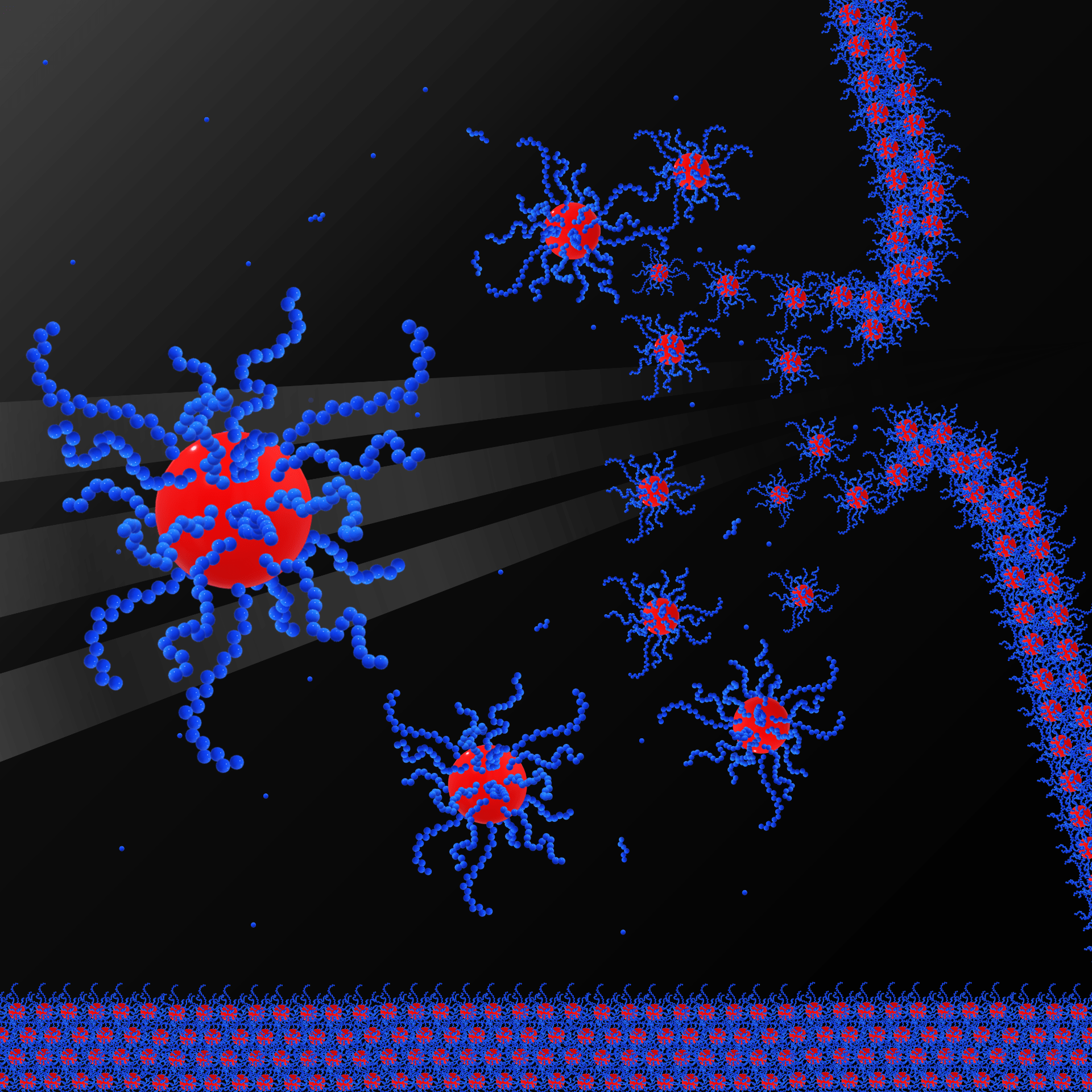Strong & Tough, Sustainable, Lightweight Materials
Biomaterials
Polymer Nanocomposites
Structures
Extreme Environments
- Overview
- Investigations
- Cellulose Nanocrystals and Nanocomposites
- Mechanical Behavior of Thin Films and Nanocomposites
The long term research goal of our group is to gain fundamental insight into the mechanics and dynamics of biological and bioinspired systems at multiple-length scales, and reflect knowledge gained from our studies to the development of bioinspired design principles. Our investigations begin typically at the nano-scale, where key chemical information is encoded in the basic building blocks and interfaces of materials, giving rise to emergent features observable at the macro-scale. The main focus of our work is establishing “materials-by-design” approaches to utilizing these building blocks, such as proteins, synthetic polymers, biomimetic macromolecules to achieve new capabilities in engineering systems. We establish and use a broad set of tools based on theoretical mechanics and computational materials science (classical and reactive molecular dynamics, advanced sampling methods, systematic coarse-graining techniques) to tackle challenges pertaining to modeling molecular interactions at multiple length and time scales. Other topics of interest include modeling and simulation of bioinspired transport phenomena and mechanics of self-assembling material systems, with a particular focus on understanding how size and geometric effects influence the behavior of solids and fluids at the nano-scale. Discovery of size-dependent phenomena that may facilitate advancements in the design of functional nanostructures, structural/infrastructural materials, and nanotechnology products is central to our long-term research objective.
Our investigations thus far have helped to enable progress towards rapid discovery and design of bioinspired suprabiomolecular materials by establishing a knowledge base of their physical behavior relevant to applications beyond the biological milieu. Our work on self-assembly, mechanical behavior, and transport capabilities of polymer-peptide conjugates have paved the way for making nanoporous polymer thin films that have selective transport capabilities that mimic biological water and ion channels. These studies have shown that it is possible to control the hierarchical ordering of ring shaped peptides into tubes with tunable interior chemistry using simple mechanical forces, namely those arising from entropic elasticity of conjugated polymer chains. Vertically tunable pore chemistry then leads to unique transport capabilities that are challenging to achieve with polymers or carbon nanomaterials.
Our work on cellulose nanocrystals and nanocomposites have revealed size and geometry dependent mechanical properties of nature’s most abundant structural biopolymer, ascertaining the importance of nanoscale multi phasic materials design as a core biological principle. Combining these materials with engineered polymers may eventually lead to materials that blend the impressive mechanical properties of biological materials such as wood with other engineering functionalities.
Our work on the mechanical behavior of thin films and nanocomposites has tackled the important problem of simulating interface and interphase behavior at extended length and time scales. A newly established scale bridging technique called thermomechanically consistent coarse-graining (TCCG) developed for investigating polymer dynamics near surfaces with nanometer scale resolution has been instrumental in revealing mesoscale details that govern mechanical performance, while retaining crucial chemical details of specific polymers. Similar scale birding methods established for carbon nanomaterials are now being utilized to understand size-effects in bioinspired layer-by-layer composites arising from nanoconfinement. We are also extending our materials-by-design capabilities to composites beyond those that are inspired from nature, to explain surface and substrate effects in nano electronics, structural composites and coatings in the broader context of Integrated Computational Materials Engineering (ICME) and the Materials Genome Initiative (MGI).




